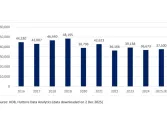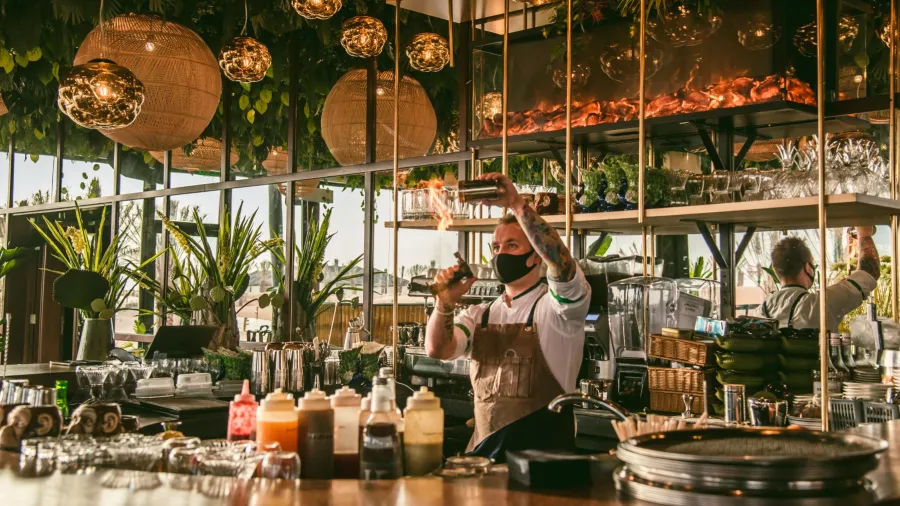
4 key trends set to transform food and drink industry by 2025
Amongst these include the role of food in mental health management
Mintel has identified four key trends that will transform the global food and drink industry starting in 2025.
These trends focus on blood sugar and hormone health, the role of food in mental health management, diversified ingredient sourcing, and the humanisation of technology in food production.
According to the report, the rise of GLP-1 weight-loss medications is prompting consumers to reevaluate the connection between food and health.
Mintel said brands must streamline health claims to highlight essential nutrients such as protein, fiber, vitamins, and minerals. This approach will cater to users of weight-loss medications and consumers who prioritise their dietary needs.
Rising interest in blood sugar management is also expected to increase demand for low-glycemic products and monitoring tools for non-diabetics. Brands should also support consumers dealing with hormonal changes related to aging.
"As society increasingly accepts imperfections, food and drink brands can target these 'perfectly imperfect' consumers with innovation that breaks the invisible rules around food and drink consumption,” the report added.
It said that brands should innovate to challenge traditional food consumption norms, allowing consumers to enjoy food on their terms. This trend includes addressing mental health issues, with more brands expected to highlight food’s role in mental wellness. Moreover, sustainable innovation will also be crucial as brands introduce unique ingredients that emphasise flavor whilst maintaining eco-friendly practices.
Additionally, frequent climate-related disruptions and geopolitical issues are raising food costs and increasing consumer awareness of global events that affect their meals. Brands need to communicate transparently about changes in local and global sourcing to build consumer trust. Highlighting diversified ingredient sourcing, such as unique flavors from regions like Algeria and Peru, will resonate with consumers.
It noted that brands must offer innovative solutions to navigate a volatile market as social media and travel shape local-centric identities.
Moreover, the integration of technology in food production is becoming essential to address current supply chain challenges. However, many consumers remain hesitant to fully embrace these advancements.
Mintel emphasises the need for brands to highlight how technology enhances food production, focusing on consumer benefits such as improved taste, nutrition, and consistent supply. Humanising technology, especially artificial intelligence, will be critical in bridging this gap.

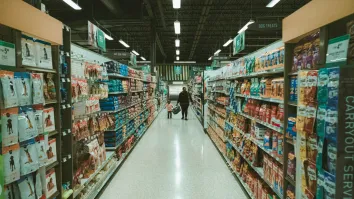
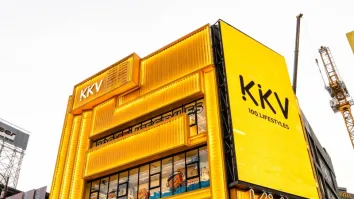





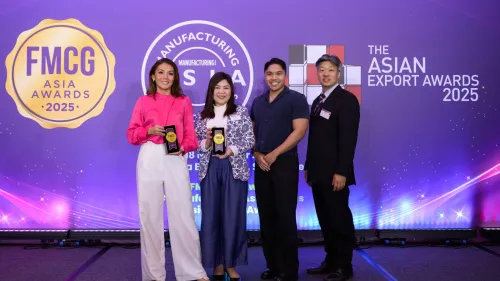
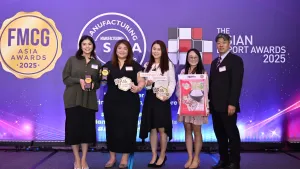
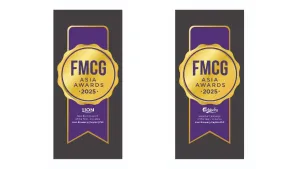






 Advertise
Advertise
